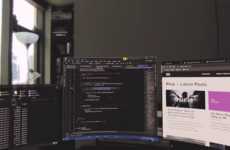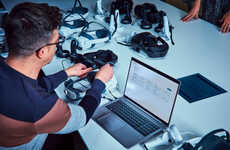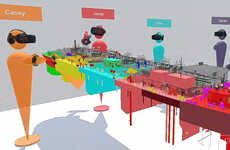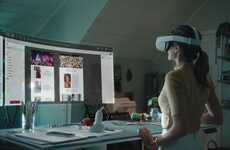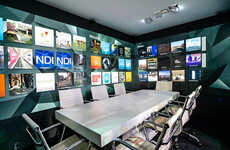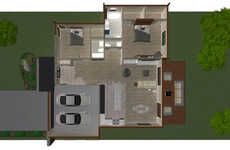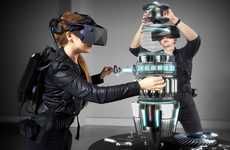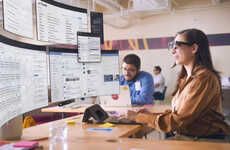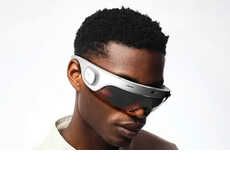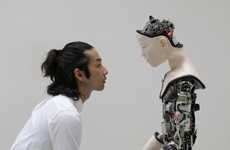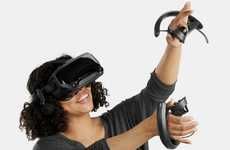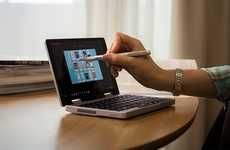
This Virtual Reality Concept from HP Introduces "VR Snacking"
Laura McQuarrie — February 23, 2019 — Tech
To enhance computer-aided design (CAD) workflows with the immersive perspective and other benefits offered by VR, HP is introducing a virtual reality concept that it calls "VR snacking."
Today, CAD plays an essential role in the development of everything from handheld products to large-scale architecture projects and HP sees a better way for designers to create in three dimensions, rather than relying on visualizations produced by a 2D screen. To give designers a better sense of depth and scale—without needing them to fully immerse themselves in a virtual setting by strapping on a headset—VR snacking introduces an 'Opera Glass' desktop mount that can be used to quickly glance at one's virtual creation from all angles.
This virtual reality concept from HP's research and development group, HP Labs, has the potential to support HP and serve its many customers.
Today, CAD plays an essential role in the development of everything from handheld products to large-scale architecture projects and HP sees a better way for designers to create in three dimensions, rather than relying on visualizations produced by a 2D screen. To give designers a better sense of depth and scale—without needing them to fully immerse themselves in a virtual setting by strapping on a headset—VR snacking introduces an 'Opera Glass' desktop mount that can be used to quickly glance at one's virtual creation from all angles.
This virtual reality concept from HP's research and development group, HP Labs, has the potential to support HP and serve its many customers.
Trend Themes
1. Vr-supported Workflows - The concept of VR snacking by HP Labs has the potential to revolutionize computer-aided design (CAD) workflows by providing a more immersive perspective and improving the depth perception of designers.
2. Improved CAD Visualizations - The Opera Glass desktop mount introduced by HP can improve CAD visualizations by allowing designers to quickly view their virtual creation from any angle and improve the accuracy of their design.
3. Increased Collaboration Using VR - With the use of VR in CAD design, it is easier for multiple stakeholders to collaborate on a project and visualize the final product, improving communication and reducing errors.
Industry Implications
1. Architecture and Construction - The use of VR snacking could enhance the CAD workflows in architecture and construction, bringing an improved sense of depth and scale to the creation of large-scale projects, resulting in more accurate designs.
2. Product Design - VR-supported workflows such as VR snacking could be a game changer in product design by allowing designers to visualize their creations in 3D, making it easier to identify flaws and implement changes.
3. Automotive Design - The use of VR in CAD design could revolutionize the way we design cars, making it easier to visualize the final product, improve communication among stakeholders, and reduce errors in the manufacturing process.
1
Score
Popularity
Activity
Freshness


